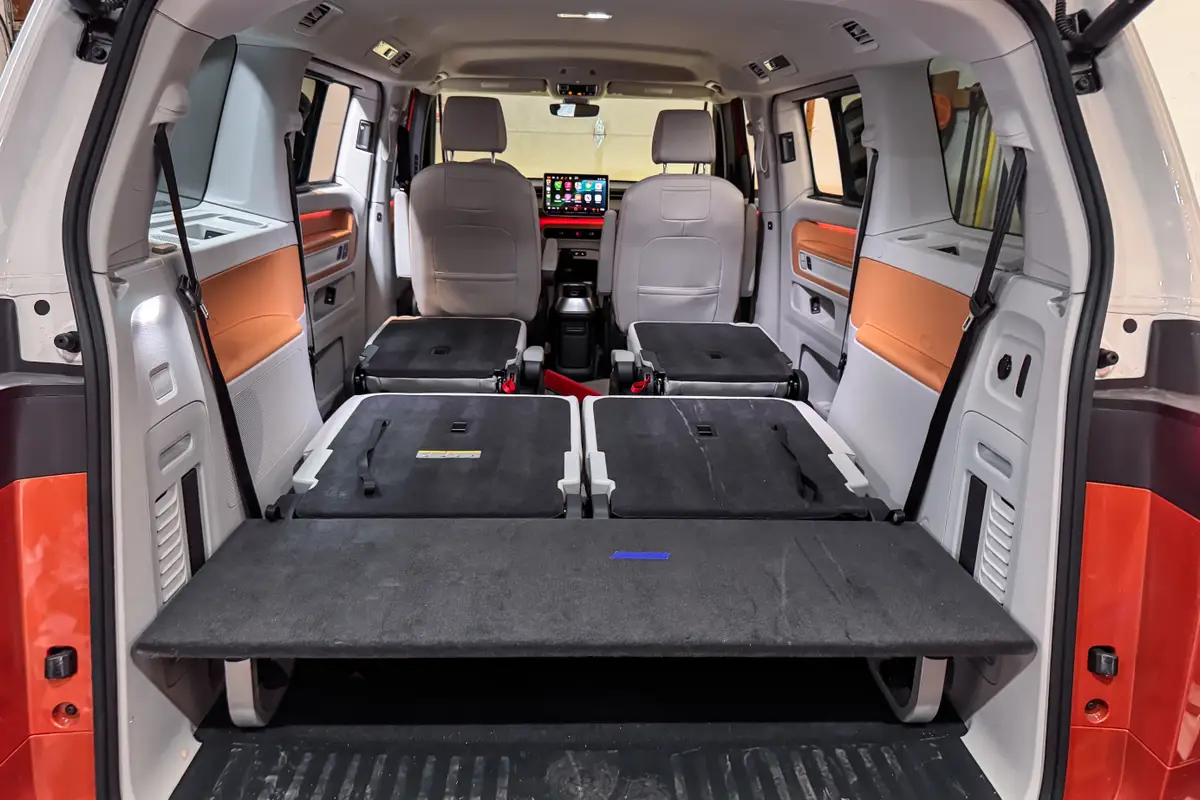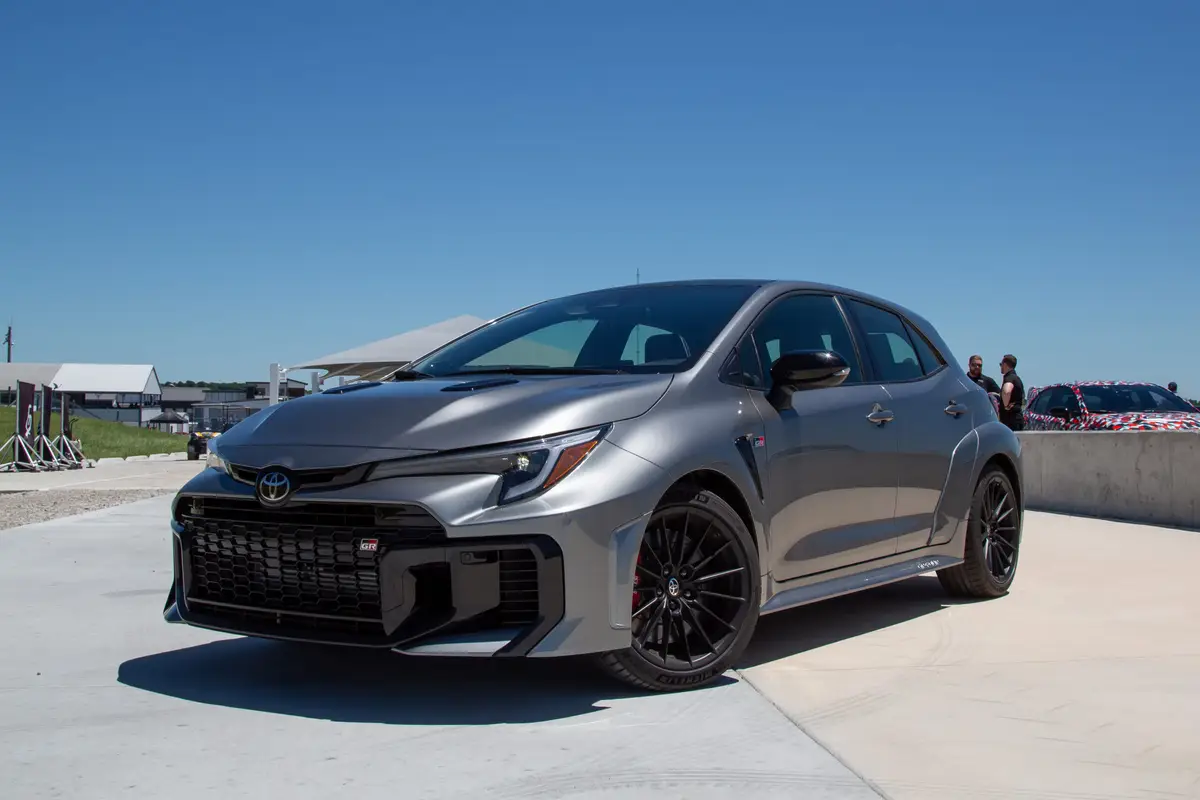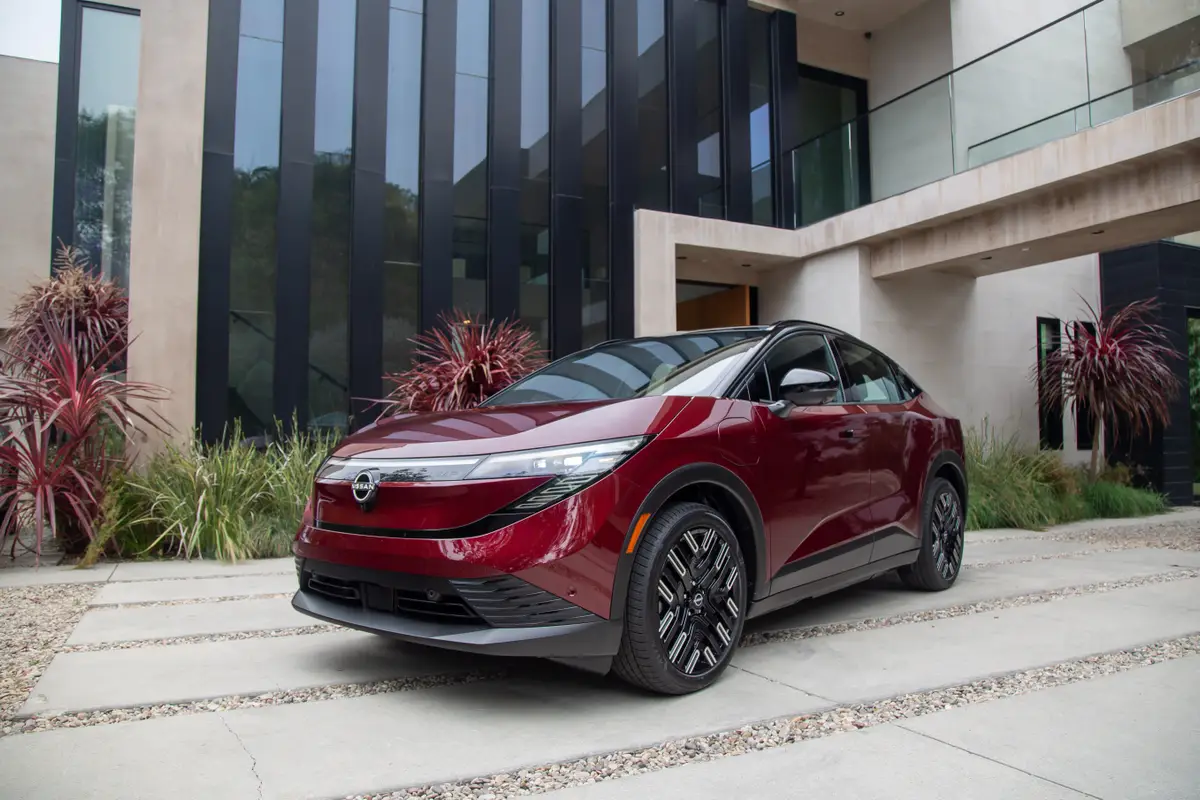5 Tips for First-Time Pickup Buyers
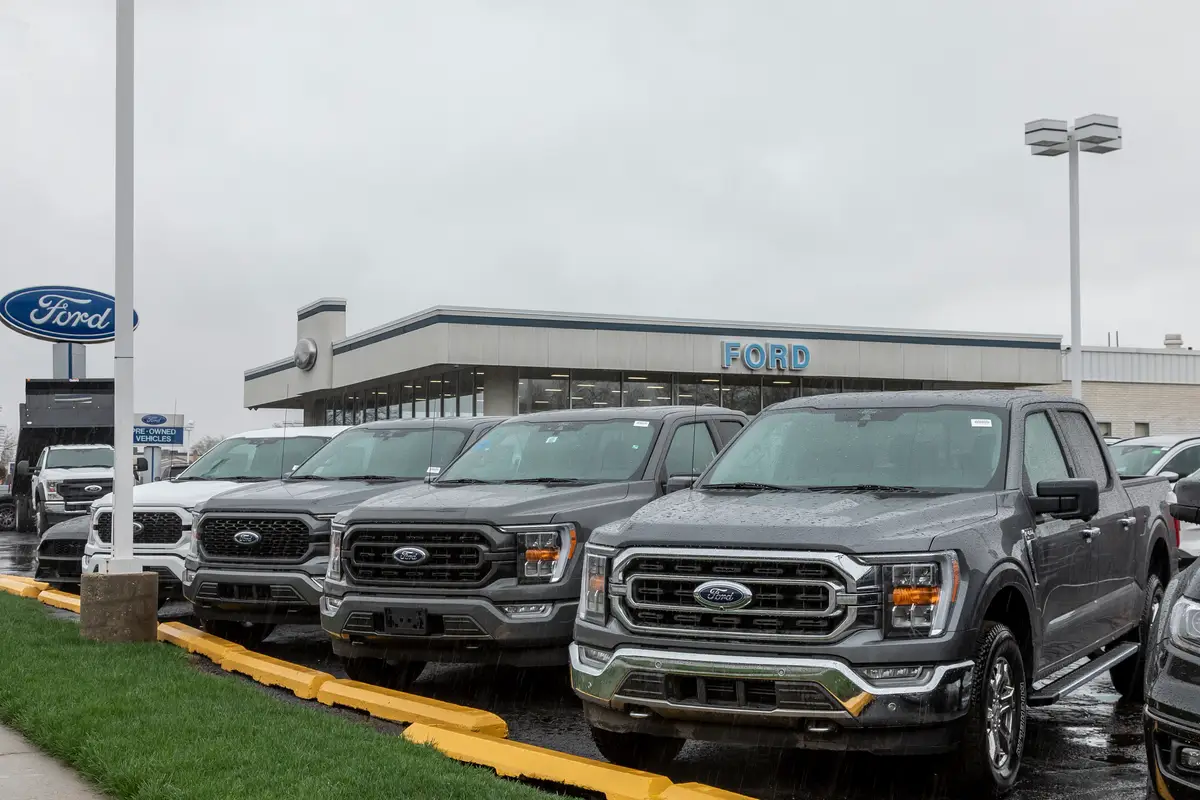
Full-size pickup trucks from Ford, GM and Ram continue to lead domestic automotive sales. Nothing beats the utility and versatility of a pickup, whether you’re a homeowner with a family, a contractor running a small business or someone with an active lifestyle and lots of gear. But the last few pandemic years have been a challenging time to buy a new pickup truck — from supply issues to skyrocketing prices to empty dealer lots, it’s a lot more challenging for buyers than it used to be just a few years ago.
If you’re thinking about purchasing your first pickup, here are five things to consider before you buy.
Related: More Pickup Truck News
1. How Will You Use It?
Pickups come in many more varieties than cars, with different bed lengths, cab sizes, a wide choice of interior trims and powertrains, and two-, four- or all-wheel drive. Which configuration you choose depends on your needs, and that will have a big impact on price, fuel economy and handling.
The most common pickup configuration is a four-door half ton with 4WD in a mid-level trim. These trucks hit the sweet spot for most buyers, combining room for a family with ample towing and hauling capability, a more carlike ride and better fuel economy than the three-quarter-ton or one-ton trucks. That said, if your plans include work like plowing or heavy towing, you’re going to need a stronger pickup.
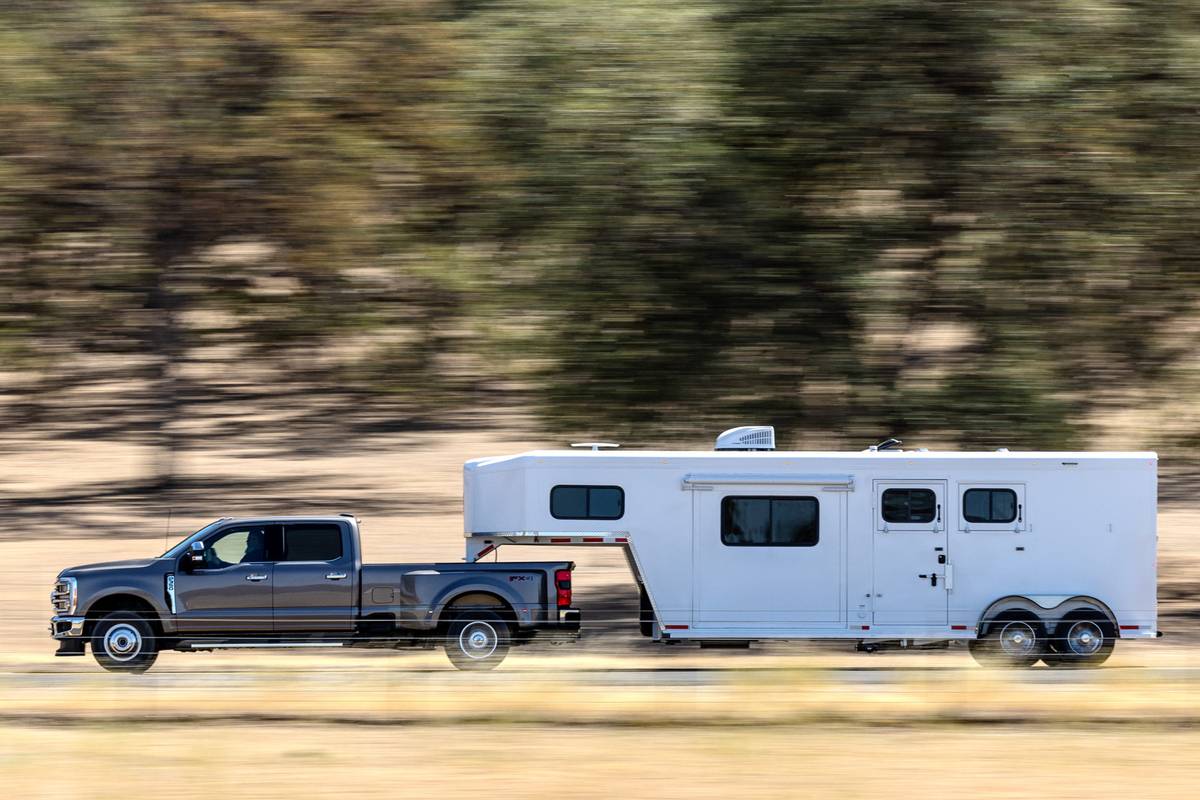
2. Pickups Aren’t the Same as Cars
It may seem obvious, but driving and living with a pickup isn’t the same as using a car. Pickups are bigger, heavier and more top-heavy, and that means they’re not going to handle like a car. Backup cameras, electronic safety features and interior creature comforts have made trucks a lot more carlike, but there’s still no denying the laws of physics: Pickups take longer to stop and won’t carve corners like a sports sedan. Parking can be more of a challenge, as well, so make a visit to the local grocery store part of your test drive, along with stopping at home for a test fit in your driveway or garage. Keep in mind that some parking garages won’t accommodate pickups at all (be sure you know exactly how tall your truck is before entering one) or charge more if they do.
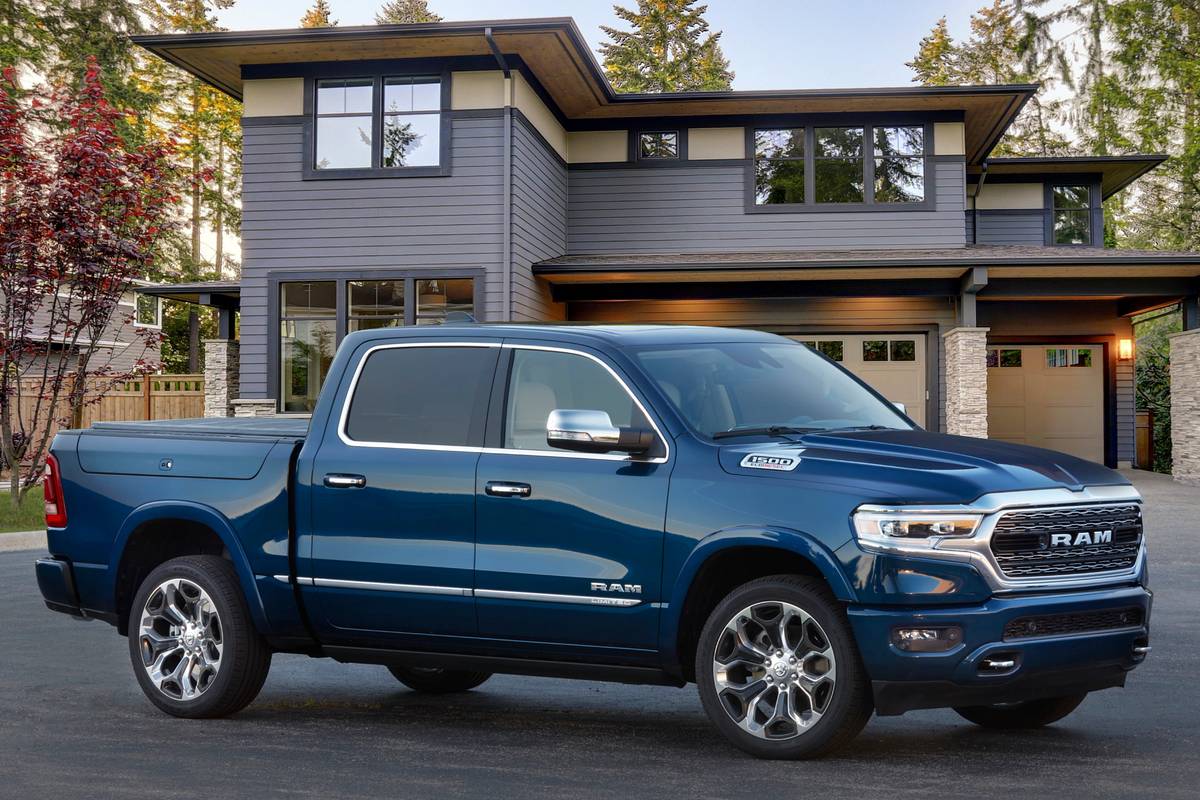
3. Don’t Overbuy — Choose Options Wisely
Ads often show pickups slogging through mud bogs or pulling backhoes on trailers to the accompaniment of loud rock ‘n’ roll. That’s all well and good, but most buyers may find trucks equipped for that kind of duty not as livable for everyday use. “Most people overbuy,’” said Ram parent Stellantis spokesman and truck enthusiast Nick Cappa, who pointed out that even a base six-cylinder full-size Ram half ton puts out more than 300 horsepower and can tow in the neighborhood of 7,000 pounds. Those numbers are typical of domestic pickups and more than enough for most recreational boats and campers.
Another big difference between a pickup and a car is the number of available options. Upgraded trim packages, more powerful engines, and add-ons both functional and cosmetic can add up fast, sometimes doubling the price of a pickup. These days, some trim level choices on the most expensive pickups can drive the sticker prices to six-figure territory, and that’s before you add any aftermarket accessories.
Start by determining your must-haves — such as a cab with four doors or an engine and towing package appropriate for your needs — then decide whether there’s room in the budget for that leather interior or sunroof. With the average transaction price for a new pickup already ringing up around $45,000 per Cars.com inventory, it doesn’t take long for those options to hit the stratosphere.

4. Consider Ordering
But even if you have that sorted, it won’t be easy finding what you want. It used to be that you could go down to your local dealer and find dozens of trucks equipped in a variety of configurations sitting around ready for wheeling and dealing; the pandemic put an end to that quite effectively thanks to a supply crunch that hasn’t really let up. There are no big lots full of trucks anymore, and certainly no more big deals to be had with thousands of dollars in incentives on the hood.
These days, you’re likely going to pay at least the manufacturer’s suggested retail price (if not more on popular models), but you might be able to avoid extra fees if you’re willing to order your truck and wait for it to be built. This has a few benefits: First, you can get exactly the truck you want with precisely the options you desire (provided the brand can build your desired configuration; the ongoing chip shortage is making that tricky). Second, you won’t be paying a “get it now” premium for whatever the dealer has on hand.
If you absolutely have to have a truck right now, however, you’ll need to be flexible on your desired model, trim, powertrain, color and other options. Expanding your search to a much larger geographical area will also help you locate something more easily.
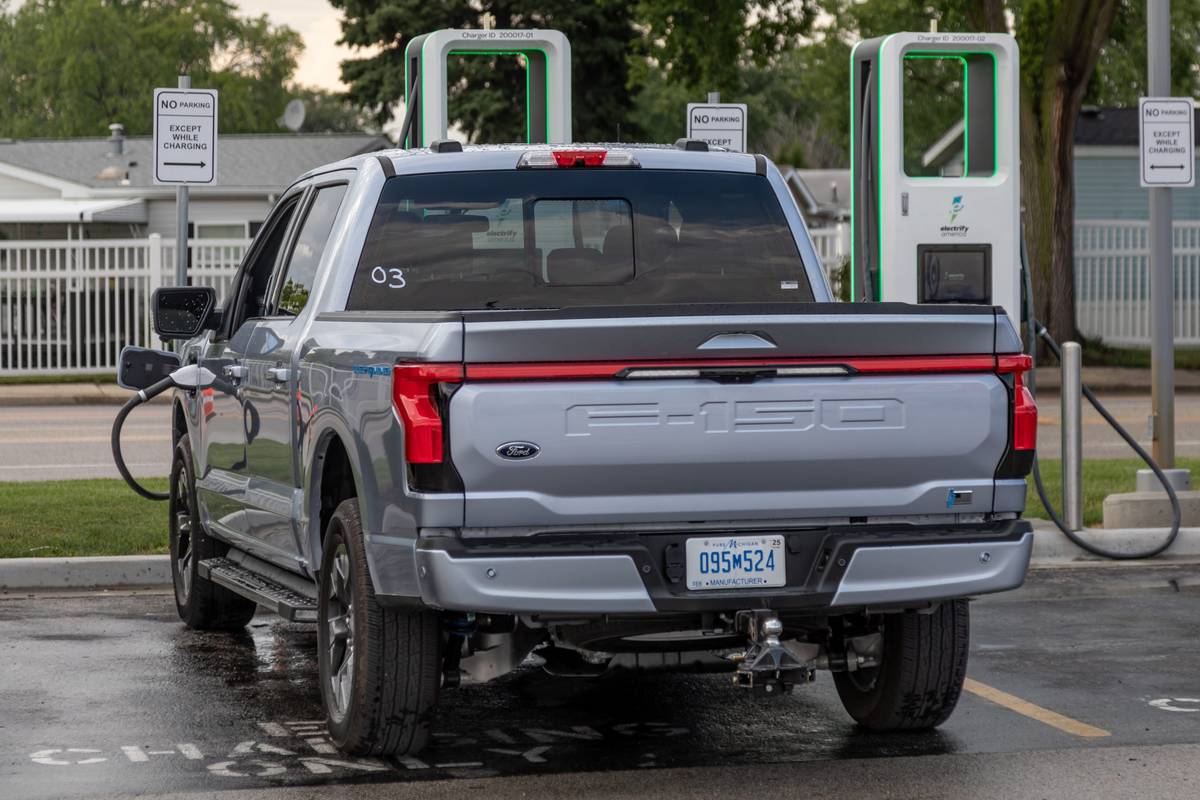
5. Should You Go Electric?
They’ve just started to hit the market, but electric pickups are becoming big news. Ford’s F-150 Lightning, Rivian’s R1T and the GMC Hummer EV are set to be joined in 2023 by the Chevrolet Silverado EV and GMC Sierra EV, with the Ram 1500 EV not far behind. Know that electric pickups do not behave like gas or diesel pickups — they drive differently, they’re generally more expensive, they’re heavier, they can’t quite tow or haul as well as conventional trucks, and they can be tricky to use due to recharging requirements. As they become more common and technology improves, capability parity is likely to happen, but as of right now, they’re still a niche product. Selecting one means you need to be familiar with those pros and cons before plunking down some cash for one.
More From Cars.com:
- What Does Half-Ton, Three-Quarter-Ton, One-Ton Mean When Talking About Trucks?
- Here Are the 10 Cheapest Pickup Trucks You Can Buy Right Now
- Pickup Trucks 101: Gas Vs. Diesel
- Study: Automatic Emergency Braking Reduces Rear-End Crashes for Pickup Trucks, But Few Are Equipped
Cars.com’s Editorial department is your source for automotive news and reviews. In line with Cars.com’s long-standing ethics policy, editors and reviewers don’t accept gifts or free trips from automakers. The Editorial department is independent of Cars.com’s advertising, sales and sponsored content departments.
Featured stories
